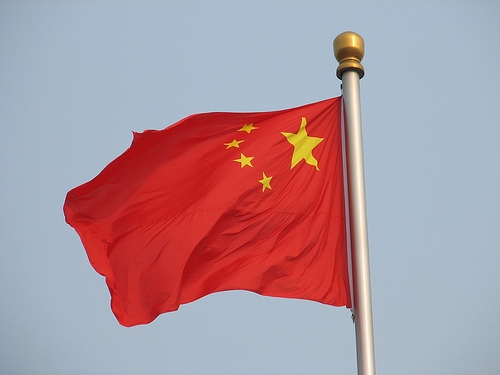
Here's why DBS thinks interest rates in China must rise
Risks still loom amid 3.5% target inflation target.
According to DBS, there is no room for complacency in monetary management in spite of moderating economic growth for six straight quarters.
DBS adds, despite the economic downtrend, asset prices have managed to defy gravity. Economic forces are back at work again ramping up inflation risks over the medium-term.
"This is in spite of the lower annual CPI target of 3.5% set at the National People’s Congress. A holistic approach to the formulation of monetary policy will be beneficial to the long run betterment of the economy. As such, interest rates must rise in China."
Here's more:
If “real interest rates” are calculated alternatively as nominal deposit rates minus inflation of property prices (that is, deflating by housing prices instead of the CPI), it is easy to explain the solid demand for properties – real rates have been in negative territory for many years.
From this perspective, monetary policy should be tighter than otherwise.
Wages are escalating nationwide. Although wage data are not published frequently, they influence inflation expectations just the same. In fact, expectations of future wage hikes amongst manufacturers remain high in spite of moderating growth.
Price reforms in necessities such as water/electricity/fuel will also exert upward pressure on end consumer prices. For instance, costs of medicine, private school tuition and transportation have been escalating in the past few years.
Although they form a small portion of the CPI, the sum of these items makes up a large portion of household expenditure.
Against this backdrop, interest rates in China must rise over the medium term. Of course, China can lift rates the conventional way – by altering benchmark rates.
But the same outcome could be achieved via interest rate liberalization, which the central bank had restarted last year by raising the ceiling on the benchmark deposit rate and lowering the floor on the benchmark lending rate simultaneously.
The experimentation last year confirmed that: (1) all banks raised deposit rates for fear of losing deposits to each other; (2) lending rates did not go down because of higher risk premium amid more stringent risk controls.
The medium-term outlook on China’s interest rate trend is clear. The central bank can either choose to raise benchmark rates or achieve the same result by deepening interest rate liberalization.
Pursuing the latter route would be more consistent with China’s desires to internationalize the renminbi, which implies fewer controls over the capital account and the need for interest rates to be market determined.
























 Advertise
Advertise






